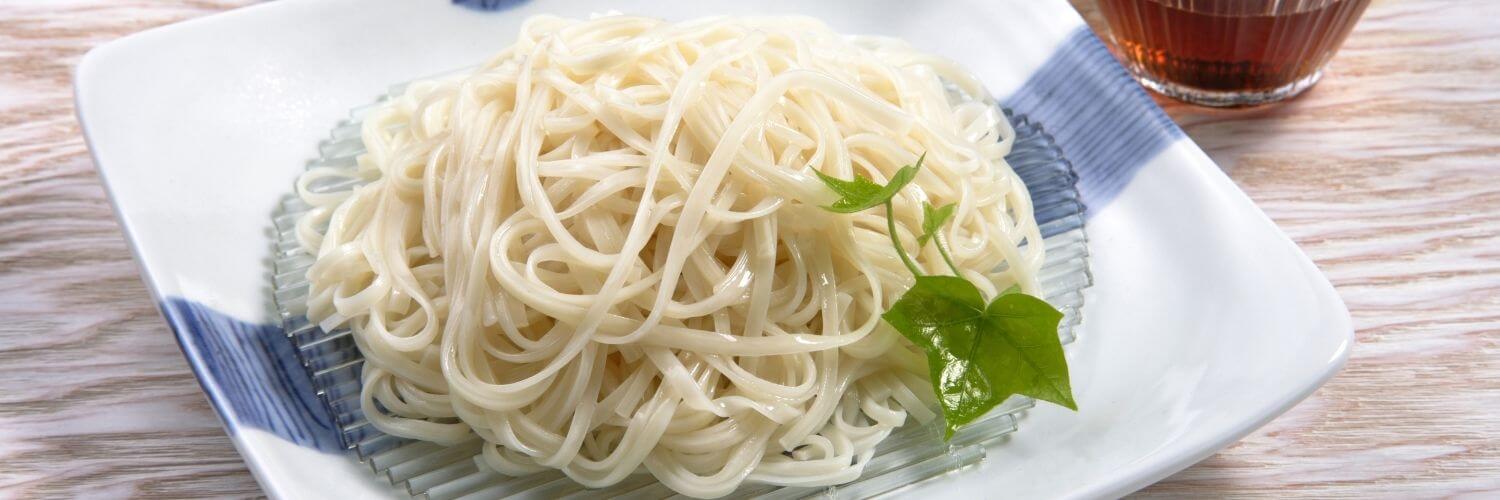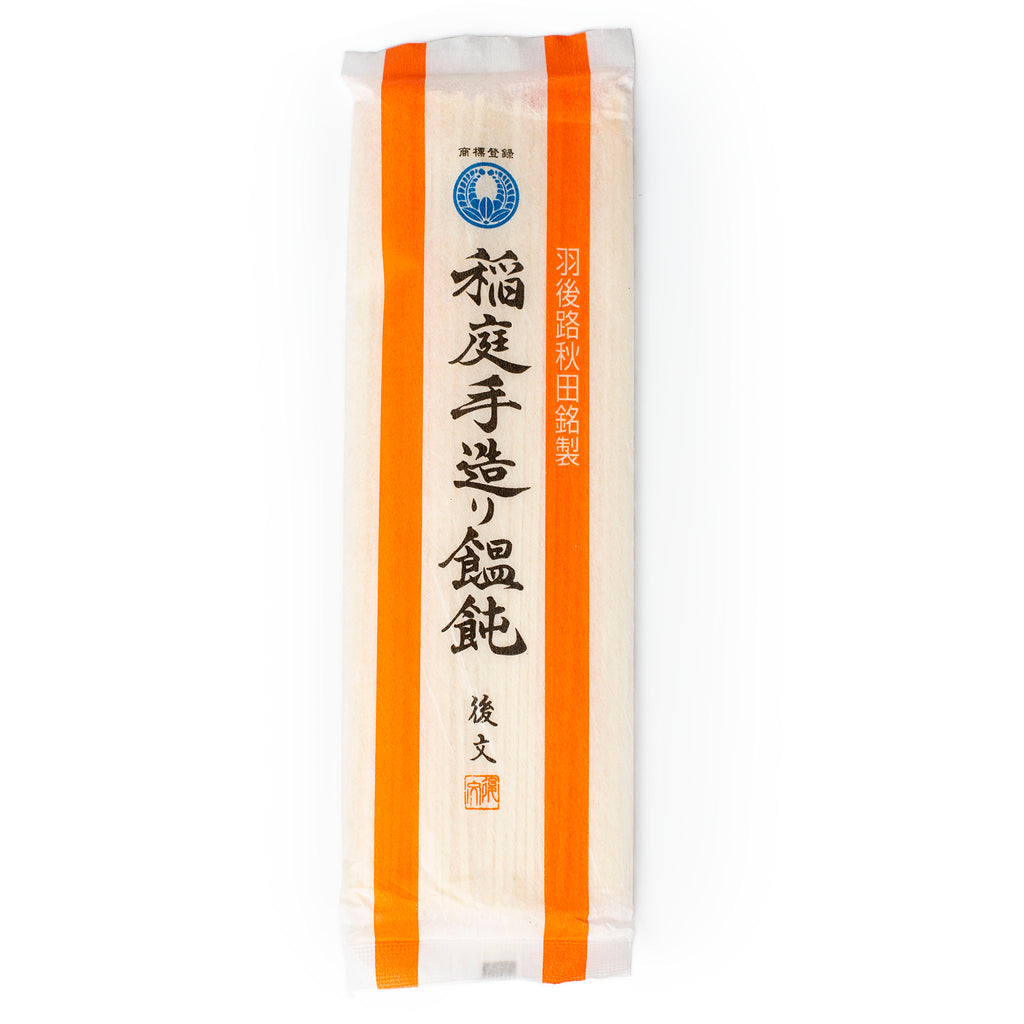
Inaniwa udon is a different type of udon noodle and is one of Japan's best regional dishes. Made using a centuries-old recipe, Inaniwa udon was also once given as a gift to the Shogun each year.
Japanese udon noodles are easily recognizable. They are quite thick, making them easily stand out from other, thinner noodles such as soba or somen noodles. But there is a unique kind of udon noodles made in the Akita prefecture of Japan that might fool you. That’s because they are very thin and so can be easily mistaken for other types of noodles.
But if you love traditional udon noodles, you won’t want to miss trying Inaniwa udon. They are one of the three best-tasting udon noodles produced in Japan.
What is Inwaniwa Udon?
While there are many varieties of udon noodles produced in Japan, three are considered to be the best in flavor and quality. Sanuki udon, from Kagawa Prefecture, Mizusawa udon from Gunma Prefecture, and Inaniwa udon from Akita Prefecture.
Inaniwa udon is made using a recipe that dates back to 1665. And while the noodles are much thinner than the regular udon noodles, they are still just as soft, ensuring that you can still enjoy udon’s familiar soft texture even in a thinner noodle.
In 2007, the Ministry of Agriculture classified Inaniwa udon as one of Japan’s 100 best regional dishes. If you ever get the chance to taste it for yourself, you’ll understand why. And although you won’t be able to witness the long, complicated process for making Inaniwa udon unless you travel to Japan, where you can see the craftsmen working, you will still appreciate the labor and love that goes into making the noodles.
Luckily, you don’t have to travel to Japan to try Inaniwa Udon Noodles. You can order Inaniwa udon online and make them at home. Handmade by artisans for over 300 years, these noodles are smooth, strong, and full of flavor, ensuring each udon noodle dish you enjoy is a delicious masterpiece.
Udon Enjoyed by Samurai
In fact, Inaniwa udon played a significant role as a special gift during Japan’s Edo period. During this important period in Japan, each Daimyo (the equivalent of a state governor today) needed to bring a gift to the Shogun in Edo (Tokyo). This tradition was called Sankin-Kotai. Since Inaniwa udon was one of the best products of the region, the Shogun received it as a token of respect by Daimyo from this area. The Inaniwa udon given to the Shogun by the Daimyo of the Akita region centuries ago is the same one today. So you get to taste what samurai ate back in the day!
How to Enjoy Inaniwa Udon
Because Inaniwa udon is a thinner noodle, it cooks much faster, so you’ll want to be careful when making them. If you don’t use enough water or boil the noodles too long, they will lose their soft texture. To make them perfect, start with boiling 3 liters of water per one serving of udon (about 100g). Once the water is boiling, add the noodles to the pot and use chopsticks to spread them around, so they don’t stick to each other. You want the noodles to be separated enough to look as though they are constantly “dancing” in the pot. Cook the noodles for approximately three minutes, reducing the heat a bit if necessary.
Drain the noodles, and quickly rinse them under cold running water. You can use your hands to move the noodles around a bit under the water. This further removes any stickiness and makes the noodles more enjoyable to eat. Then they are ready to serve in a hot broth or with a cold dipping sauce.
Dipping them rather than leaving them sitting in a sauce keeps the noodles from getting too soft. Enjoying the noodles this way can be quite refreshing during the summer. When using the noodles in a broth, try to select a broth without strong, overpowering flavors so that you can still experience the flavor of the udon. Eating udon this way is best during colder months.

